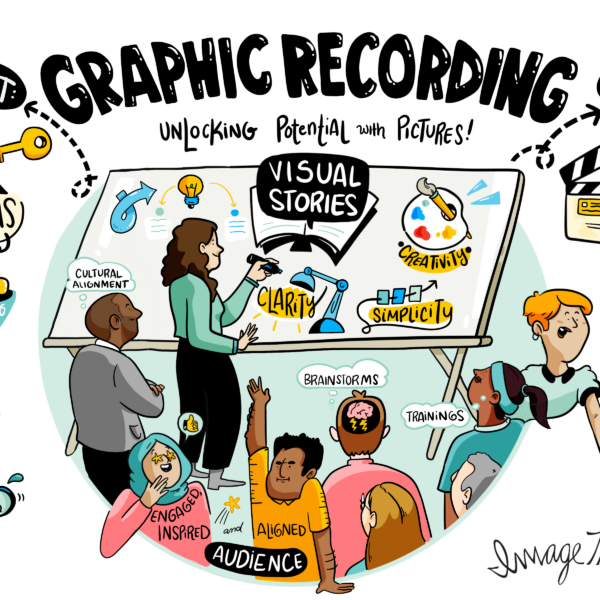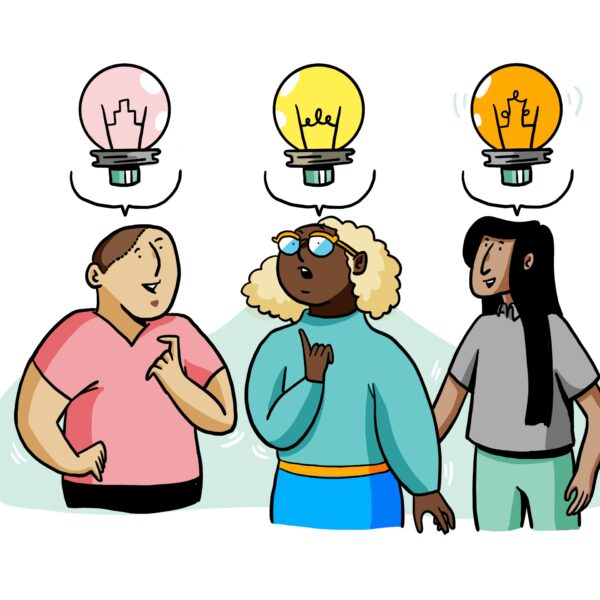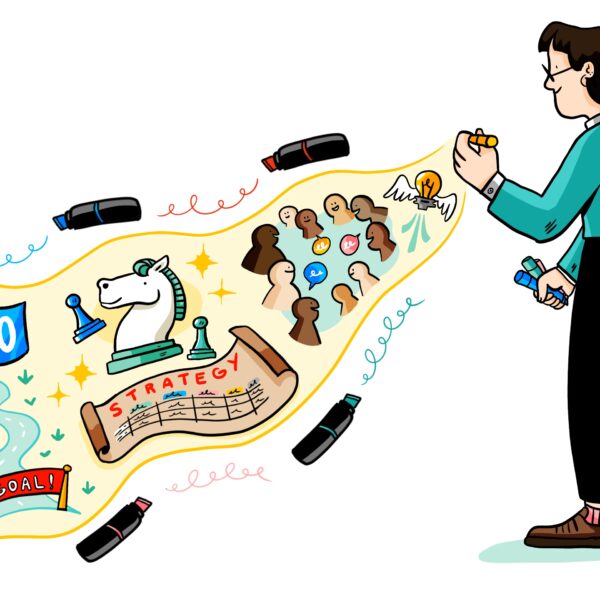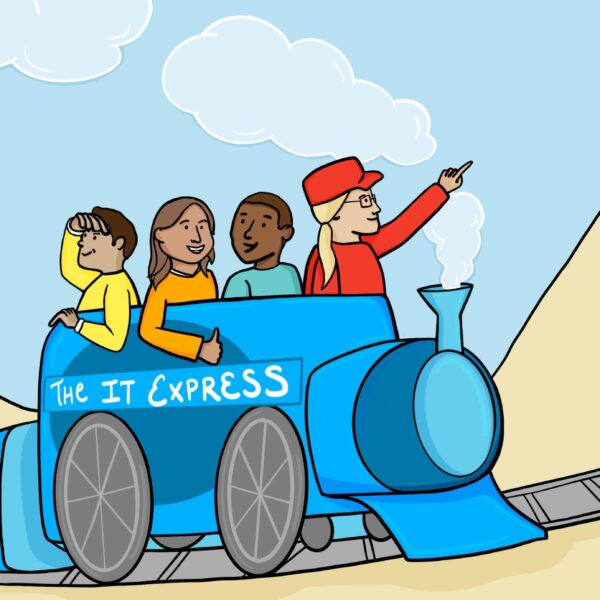Recently we shared just a few of the many reasons that meetings, especially remote meetings, need a facilitator. In that blog post, we spoke a lot about the value of visuals, and how ImageThink helps its clients by providing graphic facilitation, graphic recording, and visual summaries.
Why are we so bullish on incorporating visuals into our facilitation practice? The short answer is that for more than 10 years, we’ve seen hand-drawn illustrated visual notes transform the way clients work. You can read about several examples over in the Work section of the site.
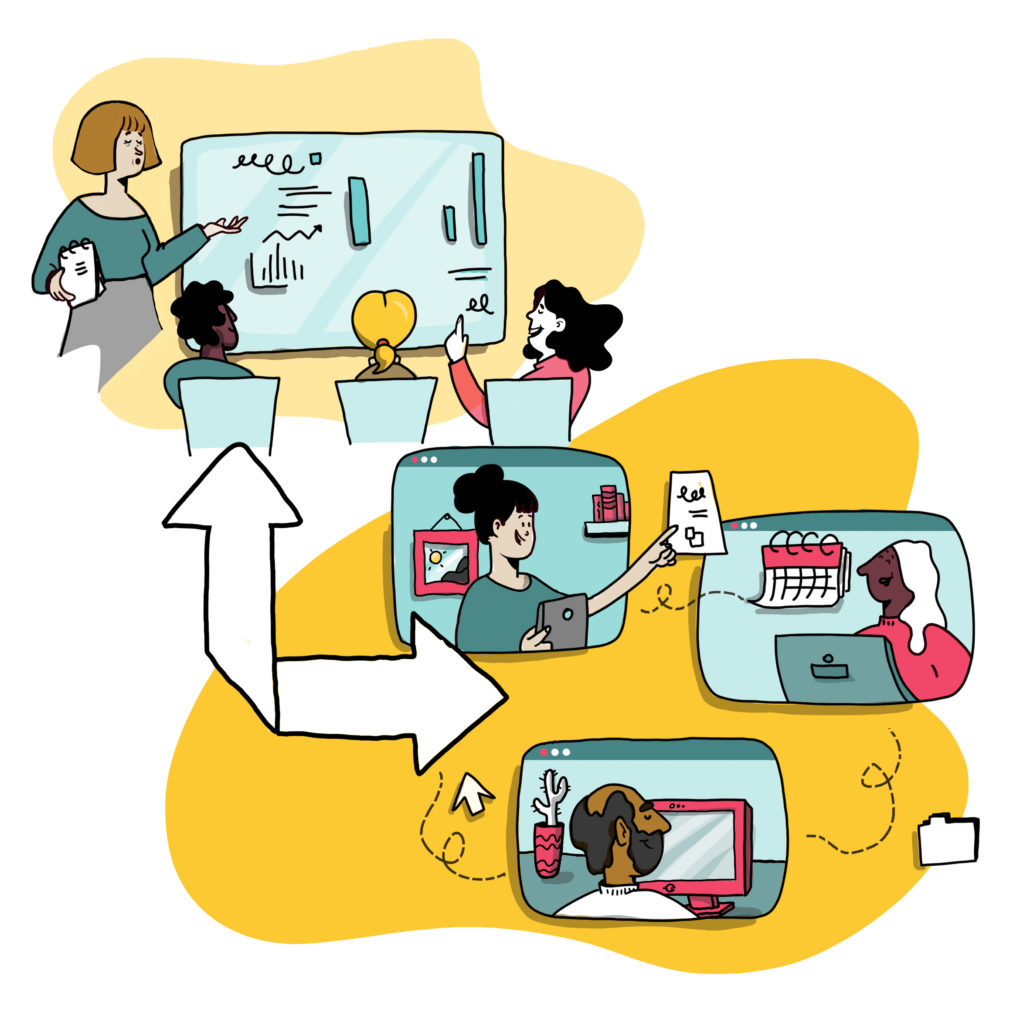
That said, anyone can share their successful case studies. For this post, let’s dig in to the scientific, behavioral, and environmental reasons graphic facilitation is the future of meetings.
Science Backs Graphic Facilitation
First, let’s talk about the science that underpins ImageThink’s entire raison d’etre. To begin, 65% of people are visual learners, meaning that about two thirds of you reading this will remember it better than someone who heard it on a podcast, and you’ll remember it even better when you look at the picture below.
There’s further evolutionary arguments for working visually. Our brains process images faster than text (text is, after all, a series of complex images that have to be reassembled and reorganized by our brains), people see faces everywhere as a defense mechanism, and our TV detectives rely on visualization and memory palaces, which are real tools, to help package, organize, and recall information.
TL;DR – there’s a lot of science that backs using visuals!
It’s Environmental
Beyond the scientific arguments for working visually, Zoom fatigue is real, and distributed and asynchronous workforces are now the norm. The business climate brought on by COVID-19 created a very challenging environment for creativity and collaboration. Meetings, strategy sessions, and brainstorms are now competing with doorbells, homeschooling, cute cats, and weak wi-fi, which is why graphic facilitation is so valuable!
From monitoring the chat, Q&A, or breakout modules to competing with distractions to actually managing the technology — when the meeting environment is virtual, it’s important to bring people together, mentally and visually, to help retain focus, and encourage collaboration. Small screens need big, readable visuals. Reading a doc on a shared screen is bunk, talking heads are overwhelming and unrealistic.
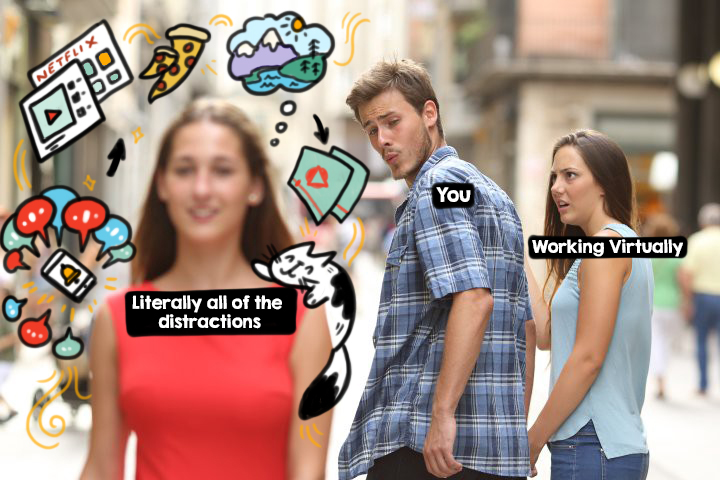
A graphic facilitator will bring valuable, useful, colorful, READABLE visual aids to support your agenda, and will be able to help your attendees commit important ideas and topics to memory. What’s more, they’ll be capturing questions, ideas, and inspiration in real time using with digital graphic recording, that can serve as a backdrop for the discussion. Having a living, breathing, and engaging virtual environment, helps keeps the distractions from a physical environment at bay.
And Behavioral
When ImageThink is providing graphic facilitation services to a client, we ask participants to draw. Every time. Often, the ask is met with some quizzical stares, perhaps even an eye roll, or the general mood of, “I’m not an artist…don’t make me do this.” But that falls away pretty quickly. Because you don’t have to be an artist to draw, or to mark down an idea visually. When everyone realizes that everyone else at their table, or in the Zoom room, can’t draw either, the practice is very freeing, and fun.
That said, there’s more to it than having some fun. Beyond making information more understandable, the physical act of drawing activates different parts of the brain. By engaging more neurons, and incorporating physical movement into their thinking, people who draw while they work are creating new pathways, connections, and generating more creative potential.
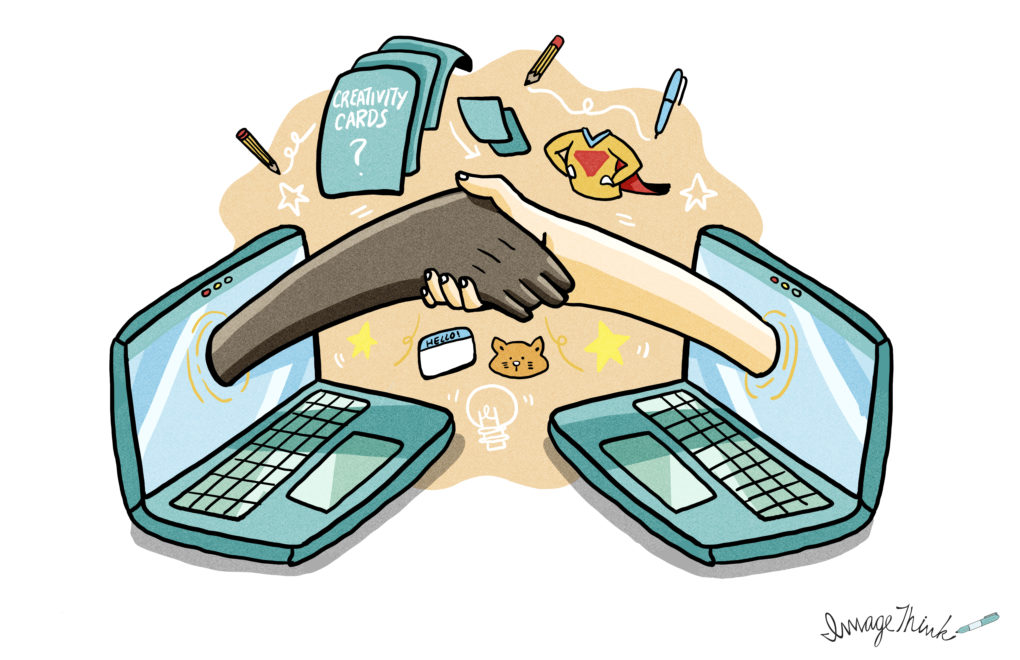
There’s another behavioral benefit to working visually and having a graphic facilitator on board. How many times have you shown someone your handwritten notes? How often do you post your scrawled bullets to Facebook, or even the company intranet for that matter? When something is laid out visually, however, people organically want to share it; there’s pride taken in the work, and the simplicity of the idea communicated. So whether it’s an internal email, or a public social post from a public session, visual ideas are shared more often and allowed to organically germinate more readily than their text-only counterparts.
Ready to Get Started with Graphic Facilitation?
A lot of people think that meeting facilitators are only there to solve logistical problems, especially when a facilitator’s main contribution is a one-page agenda and a calendar invite. Graphic facilitators are different; they solve CREATIVITY and THINKING problems.
Download our free PDF: Elevating Virtual Meetings or schedule a discussion and demo with our team today!
